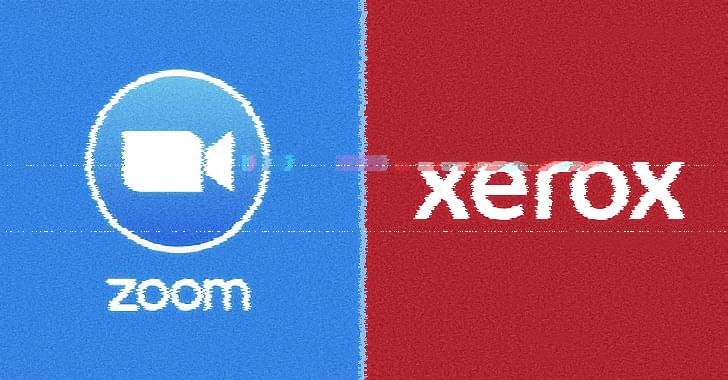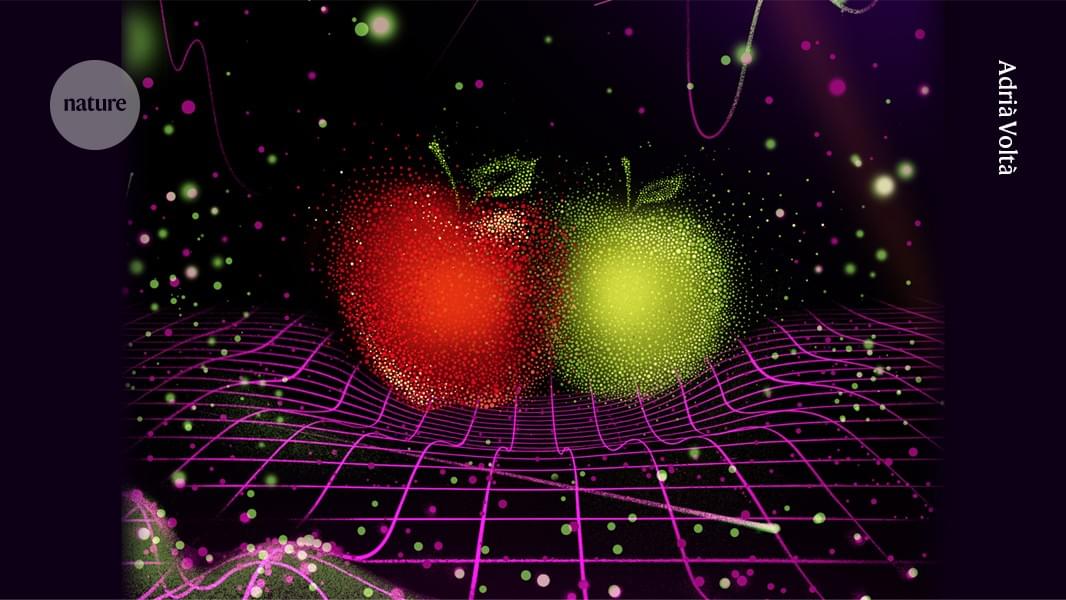A tiny, laser-driven probe could journey to a black hole and test physics at its limits.







Zoom and Xerox have addressed critical security flaws in Zoom Clients for Windows and FreeFlow Core that could allow privilege escalation and remote code execution.
The vulnerability impacting Zoom Clients for Windows, tracked as CVE-2025–49457 (CVSS score: 9.6), relates to a case of an untrusted search path that could pave the way for privilege escalation.
“Untrusted search path in certain Zoom Clients for Windows may allow an unauthenticated user to conduct an escalation of privilege via network access,” Zoom said in a security bulletin on Tuesday.



“How quantum mechanics and gravity fit together is one of the most important outstanding problems in physics,” says Kathryn Zurek, a theoretical physicist at the California Institute of Technology (Caltech) in Pasadena.
Generations of researchers have tried to create a quantum theory of gravity, and their work has produced sophisticated mathematical constructs, such as string theory. But experimental physicists haven’t found concrete evidence for any of these, and they’re not even sure what such evidence could look like.
Now there is a sense that insights could be around the corner. In the past decade, many researchers have become more optimistic that there are ways to test the true nature of gravity in the laboratory. Scientists have proposed experiments to do this, and are pushing the precision of techniques to make them possible. “There’s been a huge rise in both experimental capability and our theoretical understanding of what we actually learn from such experiments,” says Markus Aspelmeyer, an experimental physicist at the University of Vienna and a pioneer of this work.

Graphene is a two-dimensional material composed of a single layer of carbon atoms arranged in a hexagonal lattice. Its first discovery was so astonishing because, despite its atomic-scale thickness, graphene exhibits exceptional mechanical strength, approximately 200 times greater than steel.
It also has high electrical and thermal conductivity and a very high theoretical surface area of approximately 2,630 m2/g, which means it can easily be functionalized, broadening its scope.
These properties make graphene suitable for applications in quantum electronics, biomedicine, sustainable construction, and energy storage.
Graphene’s role in technology is expanding, offering solutions for energy storage, cancer therapy, and sustainable construction through innovative research.